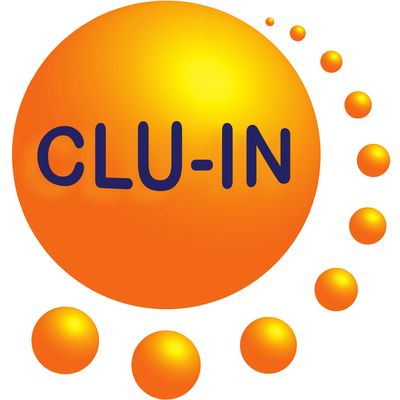Since 1998, The Contaminated Site Clean-Up Information (CLU-IN) website has presented Internet Seminars covering a wide variety of technical topics related to hazardous waste characterization, monitoring, and remediation. For each seminar topic, we have selected the highest-quality offering for placement in our archives. Beginning in May 2005, we began offering these archives via podcast, and this feed contains all seminars archived in the last 6 months. For a complete list of seminars archived since 2000 and videos of selected seminars archived since 2012, please visit http://clu-in.org/live/archive/. Our Rehabilitation Act Notice for reasonable accommodation is available at http://clu-in.org/training/accommodation.cfm. CLU-IN was developed by the U.S. Environmental Protection Agency (EPA) but is intended as a forum for all waste remediation stakeholders. For more information and to view upcoming live offerings, please visit http://clu-in.org/live/. For a complete list of RSS feeds available on CLU-IN, please visit http://clu-in.org/rss/about/.
http://www.clu-in.org/live/archive
Audio for "An Improved Understanding of LNAPL Behavior in the Subsurface - State of Science vs. State of Practice - Part 1," Jan 21, 2016
Light non-aqueous phase liquids (LNAPLs) are organic liquids such as gasoline, diesel, and other petroleum hydrocarbon products that are immiscible with water and less dense than water. Understanding LNAPLs is important because they are present in the subsurface at thousands of remediation sites across the country, and are often the sole reason why a site remains "open." The spectrum of sites where LNAPL assessment and remediation efforts may take place include petroleum manufacturing and handling facilities such as refineries, bulk product terminals, gas stations, airports and military bases. LNAPLs in the subsurface can be a complex problem to address, and frequently prevent or delay regulatory closure (no further action) of remediation projects. This training course is relevant for all levels of state and federal regulators, environmental consultants, and technically-inclined site owners and public stakeholders. The training course is divided into three parts: An Improved Understanding of LNAPL Behavior in the Subsurface - State of Science vs. State of Practice LNAPL Characterization and Recoverability -- Improved Analysis Evaluating LNAPL Remedial Technologies for Achieving Project GoalsPart 1 explains how LNAPLs behave in the subsurface and examines what controls their behavior. Part 1 also explains what LNAPL data can tell you about the LNAPL and site conditions. Relevant and practical examples are used to illustrate key concepts. A sound LNAPL understanding is necessary to effectively characterize and assess LNAPL conditions and potential risks, as well as to evaluate potential remedial technologies or alternatives. Unfortunately, many environmental professionals have a faulty understanding of LNAPL conditions based on outdated paradigms. The ITRC LNAPLs Team is providing Internet-based training to improve the general understanding of LNAPLs. Better understanding leads to better decision making. Additionally, this training provides a necessary technical foundation to foster effective use of the ITRC LNAPLs Team Technical and Regulatory Guidance document, Evaluating LNAPL Remedial Technologies for Achieving Project Goals (LNAPL-2, 2009). To view this archive online or download the slides associated with this seminar, please visit http://www.clu-in.org/conf/itrc/iuLNAPL_012116/
